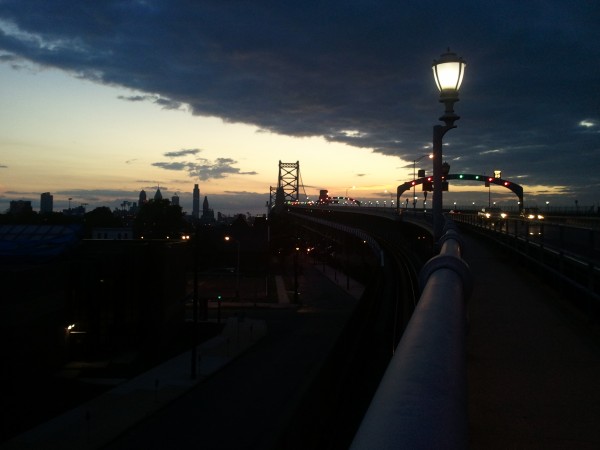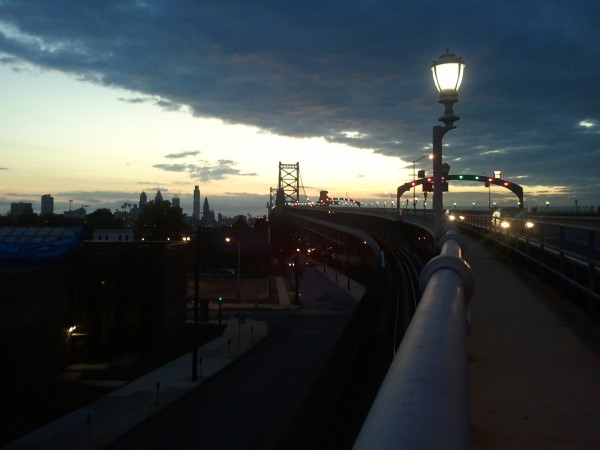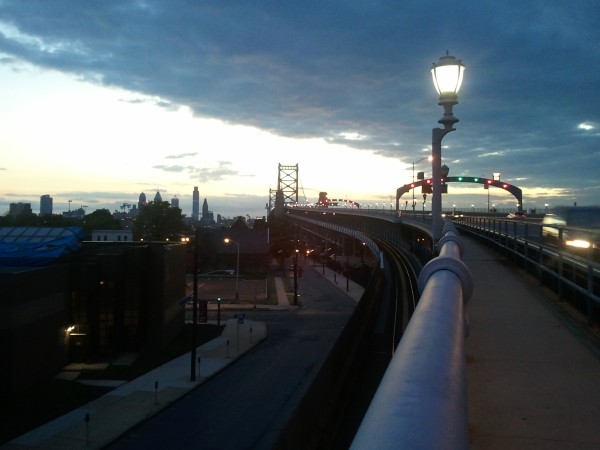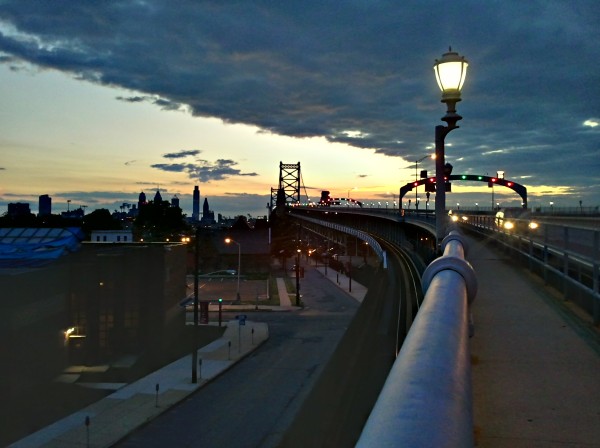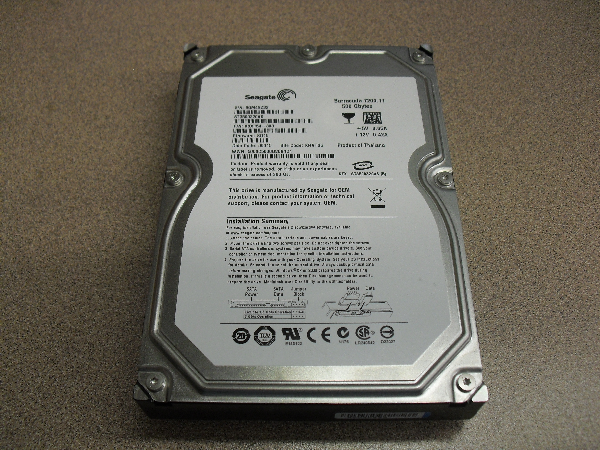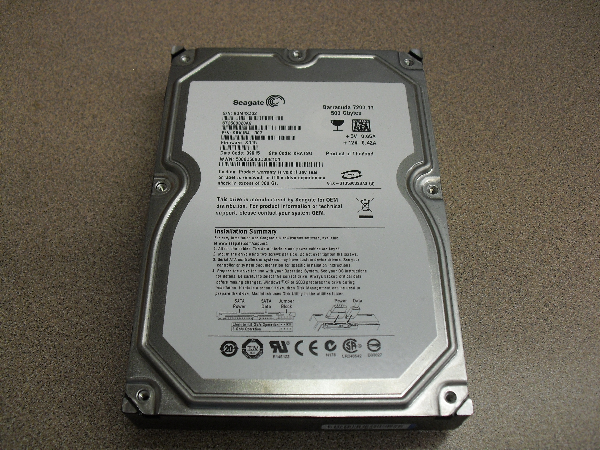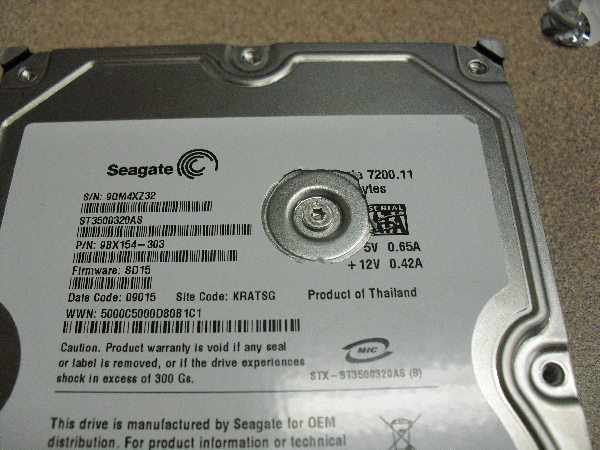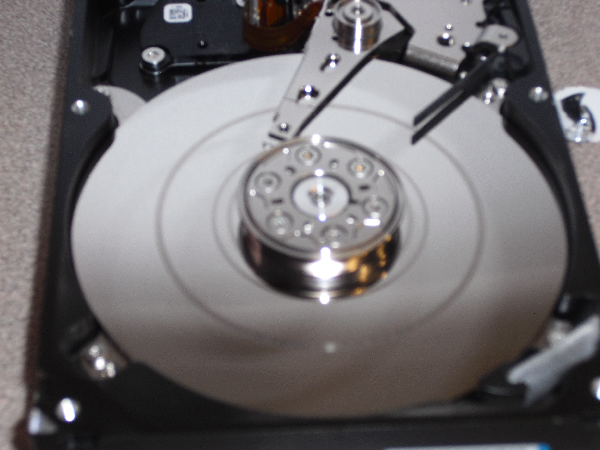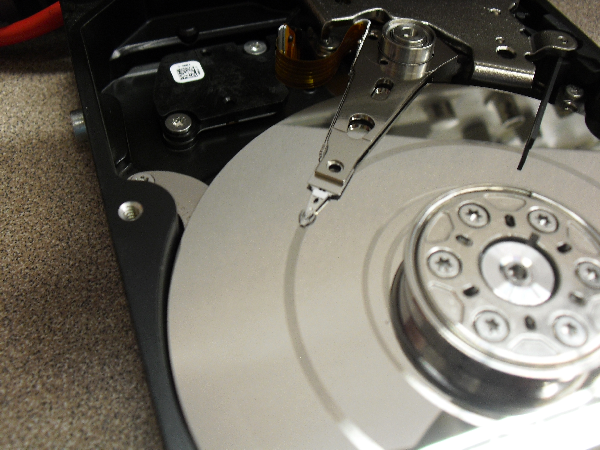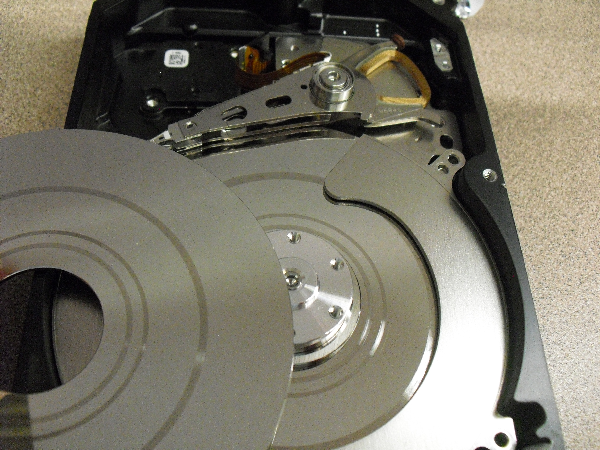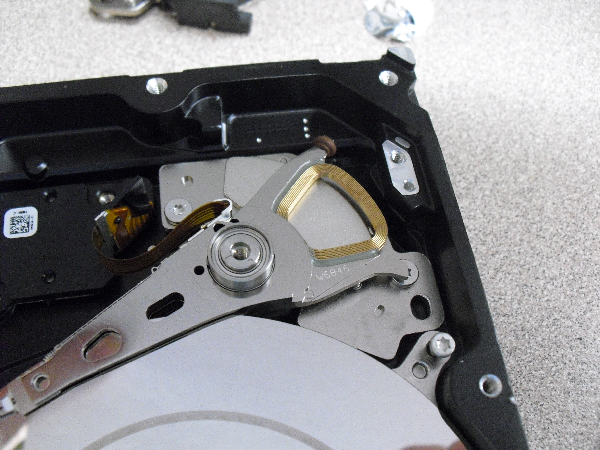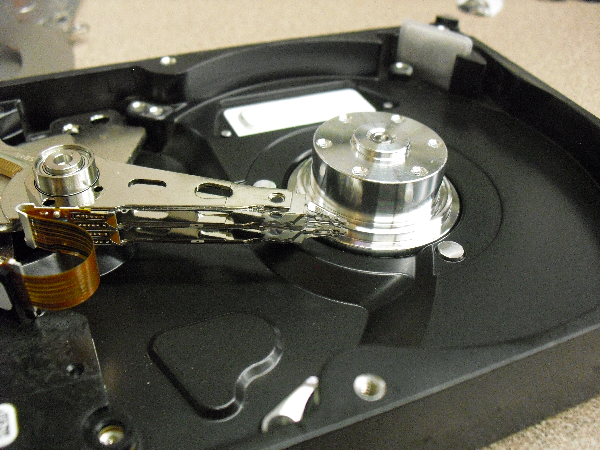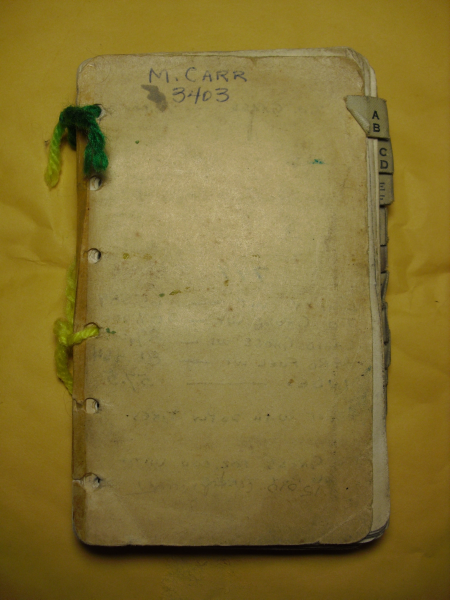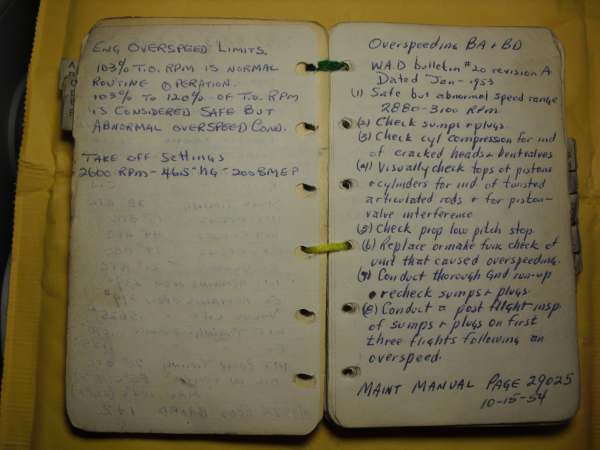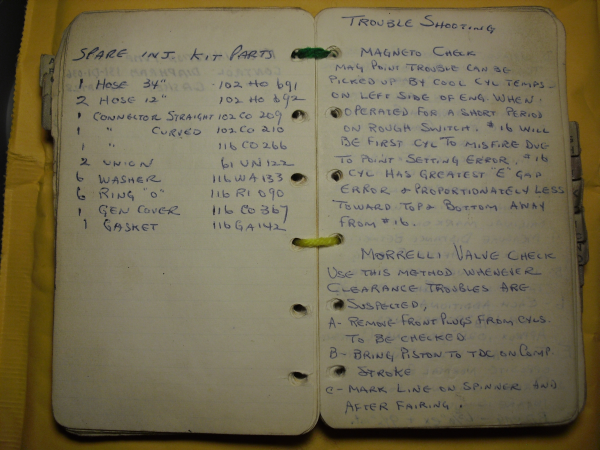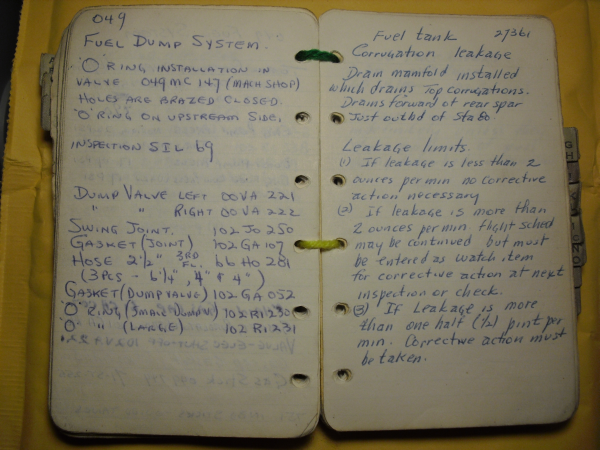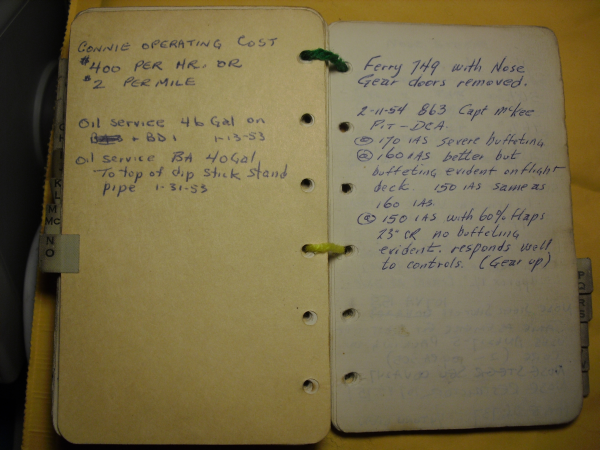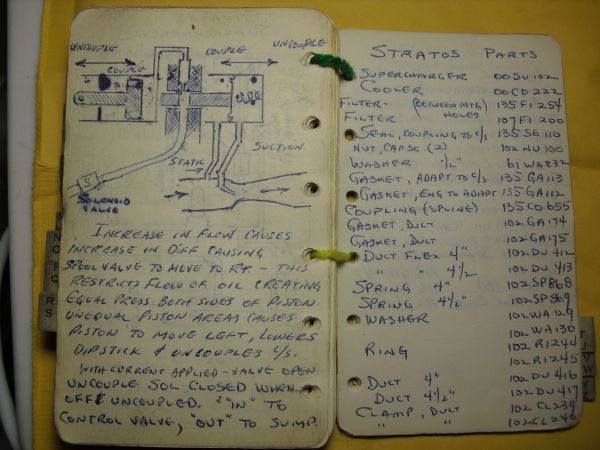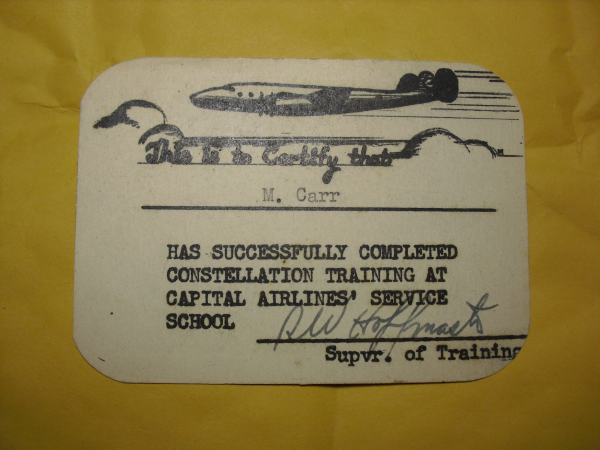Dear City of Philadelphia,
I like classic technology as much as you do. Probably more, in fact. But even I know how unreliable older technology can sometimes be, especially when it most likely hasn’t been replaced in a long time — because it most likely hasn’t been produced in a long time.
Classic technology can be a way to remember the best parts of our past, and can even provide entertainment (and draw tourism dollars, like vintage steam-engine railroads can.) But when the technology in question is part of our infrastructure, perhaps a bit of preemptive upgrading is called for.
Specifically, when you walk past a traffic light timer and it makes a “whirrrrCLUNK” sound while changing from one cycle to another, this means that inside that box is a set of electromechanical contacts, a motor, and a gear train probably old enough and curmudgeonly enough to run for Congress. Motors, gears and contacts — having moving parts — wear out. Most likely (hopefully) the light is designed to fail into one valid position or the other — or at worst, an all-red condition — but this kind of design is why “stuck” lights happen. The whole thing could be replaced, at low cost, with a microcontroller and FET board. Heck, making a working traffic light system out of an Arduino and custom shield would be a suitable project for an undergraduate course in power electronics.
Let’s swap these things out and donate them to the “Please Touch” museum and local high-school classrooms so kids can see what vintage electromechanical technology looks like. Designed properly, a digital solution (as no doubt is used in new installations) would not only be much more reliable, but could allow for timing variations based on the time of day or day of the week, traffic flow, and weather conditions. Given an Internet connection (conveniently available with another popular shield, in the case of an Arduino solution), it could even coordinate with other nearby traffic lights and help smooth the flow of traffic.
But this is Philadelphia. We can’t even keep people from smoking in our subway stations. I can’t imagine traffic light reliability is high on anyone’s agenda. Maybe someday.
Sincerely,
Your friendly neighborhood Paleotechnologist

